A lot of photographers struggle to photograph the moon simply because they do not know what settings to use, or they are confused with night sky photography settings. A simple way to estimate exposure times to photograph the moon without the help of a light meter is, to use the Looney 11 rule, which can be a start to estimating exposure times but will require slight modifications. Take a look at the Looney 11 rule for moon photography in this article.
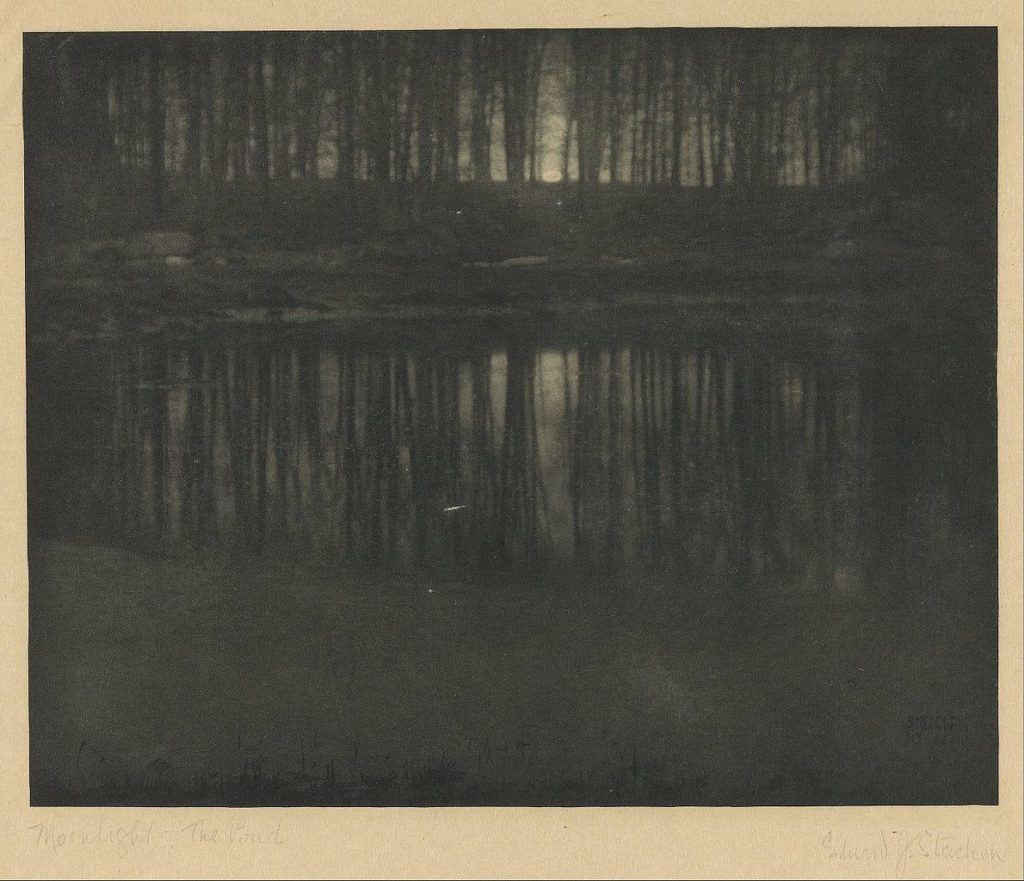
Have you ever wondered why taking pictures of the Moon isn't as simple as you expected it to be? Well, there is a reason for that. It's bright and it moves! Ok, it isn’t that simple, but the Moon is a moving object reflecting light from the sun – therefore, there are quite complex lighting conditions that should be considered before attempting to photograph it. Regular shots of the Moon will certainly show up this motion, blurriness and as such, they can even look out of focus.
Grab your Milky Way Photography Blueprint for free right here.
The Moon is intriguing and poetic and it has been a constant subject for photographers. Take a look at one of the most influential photographs of all time taken by Edward Steichen. Even when extremely small, the Moon definitely dominates the scene.
Today we want to talk specifically about the Looney 11 rule, a straightforward technique used for achieving amazing photographs of the moon, and hopefully this simple rule will get you started in the magnificent world of astrophotography.
Sunny 16, Looney 11
Photographers are practical people. So they've devised various principles and guidelines designed to help them navigate their camera setting. Among the most famous of those guidelines is the “sunny 16 rule.”
Unlike the sunny 16, the looney 11 rule helps to shoot the moon and not your surroundings under the moonlight. Use the looney 11 rule, and you'll be on your way to fantastic crisp shots of the Moon.
So What Is The Looney 11 Rule
The rule is quite simple to follow. Start by setting up your aperture, this will be the baseline of your exposure. Set it at f/11 (hence the Looney 11 rule), which is just one more stop of light than the sunny 16 rule.
Remember that apertures are measured in fractions, so if the common denominator is closer to 1, it means you'll be having a wider aperture. If it gets further from 1, then you'll have a tighter aperture.
Now this rule assumes that the sky is very clear and the moon is located high in the sky. Remember, atmospheric turbulence, haze, mist and air quality can affect the exposure settings that you will need to use.
So, after setting your aperture to f/11, you'll simply need to set your shutter speed with a value matching your desired ISO. For noise reasons, you'll be wanting to shoot at a low ISO value
So here is what to remember…
- The Rule: Set aperture to f/11 and shutter speed to the reciprocal value of ISO.
- Example 1: f/11 at ISO 100 and 1/100th or 1/125th second shutter speed.
- Example 2: f/11 at ISO 200 and 1/200th or 1/250th second shutter speed.
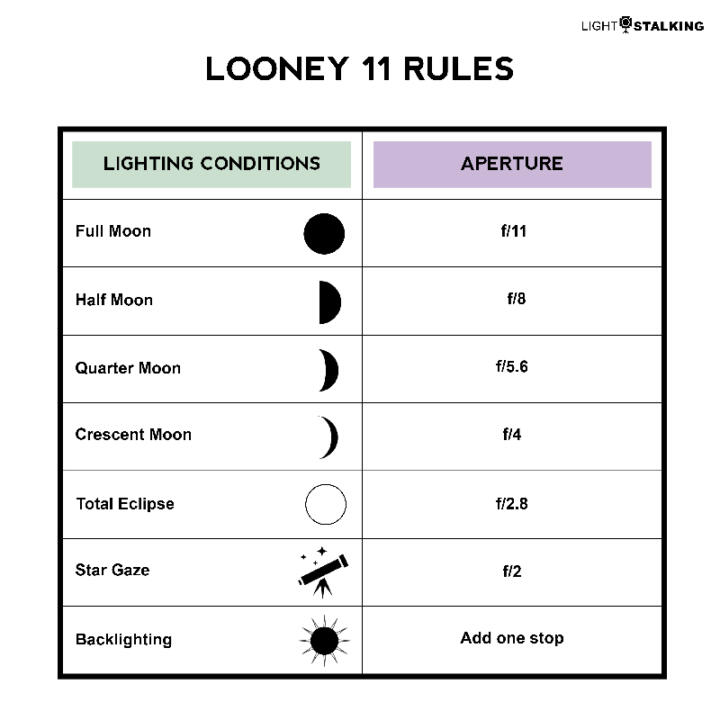
But Why?
The above values / settings can be just used as a starting point and slight modifications need to be done to get the correct exposure. Moreover, some lenses may not perform well at f/11 and can affect the sharpness of moon images. In that case, you will need to open the aperture by a stop and double the shutter speed.
Besides the above, if you are using very long focal lengths to photograph the moon's surface or closeup images of the moon, you will need to use faster shutter speeds to eliminate any blur when taking the photo. So use the above settings as a start, and work your way from there to get the best exposure.
So Here Is Your First Exercise
First things first, your aperture is at, f/11. Then, if your camera has a lower 100 ISO setting, then you'll have to set up your camera's shutter speed to 1/100 or 1/125. If you want to shoot at ISO 400 for some reason, then you'll have to use a shutter speed of 1/400 or 1/500 depending on your camera, but with a fixed f/11 aperture value.
One of the biggest advantages of digital photography is that we can immediately see if we've nailed it. Check your photo, and if it looks odd, then try increasing or decreasing your aperture. Looney 11 is a rule, but it is flexible, so use it as a guideline and a simple place to start.
Just remember that the Moon will be brighter or darker depending on the environment and atmospheric conditions. This happens due to smog, fog, lighting pollution, etc.
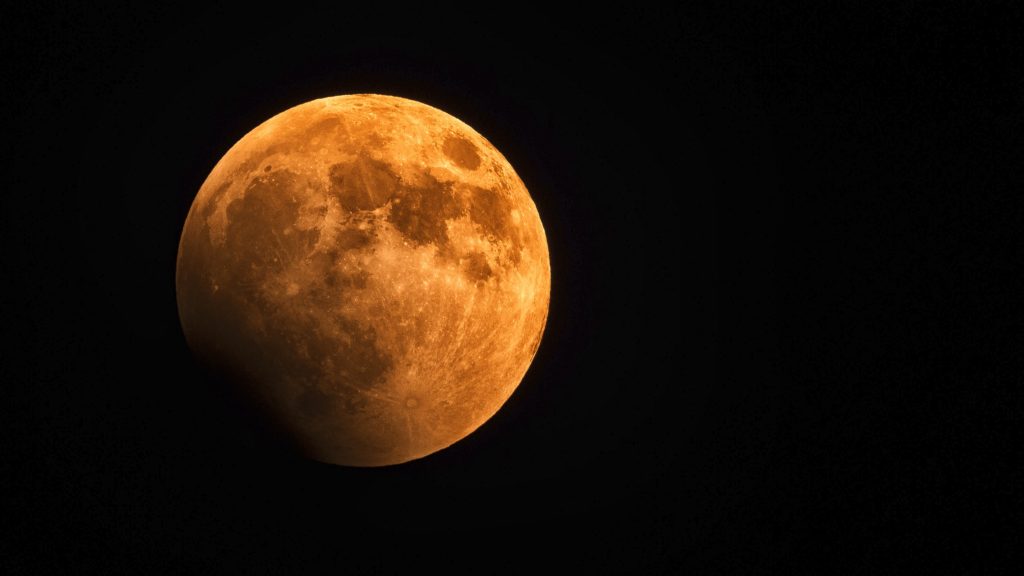
Wait, There Is More
The Moon really deserves to be shot with telephoto lenses in the majority of cases. Using a long lens (200mm, 400mm, or longer) will actually show up shakiness at 1/125 of a second shutter speeds. There is another rule of thumb that states that your shutter speed shouldn't be lower than the reciprocal of your focal length.
But don't worry, the best solution here is to use a tripod. You can also use any device that keeps your camera steady, but investing in a good tripod will be a game changer in your photography, trust us on this one.
Some Important Points:
- The Looney 11 rule can be used as a starting point to photograph the moon but this should not be taken as a definitive rule that should not be changed. For example, you may want to shoot the moon in a landscape or different phases of the moon, or even a lunar eclipse, etc. During these times, it is important to make changes to the settings to get the perfect exposure. A totally eclipsed moon will need the aperture wide open and shutter speed lowered and/or iso increased, to gather as much light during the eclipse as light falling on it will be blocked. For example, let us consider example 1 above: on a full moon, you are shooting at f/11 at ISO 100 and 1/100th second shutter speed. When the moon’s phase changes, the amount of light reflected off the surface of the moon reduces and so we are changing the aperture value depending on the rule of equivalent exposure to compensate for correct exposure.
- Also, keep an eye on the shutter speed as very slow shutter speeds can cause blurry images due to the movement of the moon.
- There are times when you may want to bracket exposures or stack images to get more details out of your moon images. The moon’s character is in its beautiful surface details.
- It takes a lot of planning and time to get perfect shots of the moon. Settings also vary depending on the position of the moon in the sky and weather conditions. So make sure you study the scenario and change the settings accordingly.
- If you are shooting the moon during the daytime, then again you need to check the settings as the sky is now blue and not dark.
- The Looney 11 rule is to photograph the moon and not the landscape or any other subjects illuminated by moonlight. Subjects illuminated by moonlight will need quite long exposures to get the exposure right and to capture the details on the subject.
Keep in mind that when you are shooting a thin crescent moon, you may have to increase the exposure time or iso to gather the light as this is the most difficult phase to photograph. With other bright phases like the half moon and quarter moon, the moon will still be very bright. So take a test shot with the looney 11 rule and if you think that the exposure is not right, then make slight adjustments to aperture or iso/shutter speed to get it right.
| Moon Phase | Illumination of the Moon | Aperture Value | ISO | Shutter Speed |
| Full Moon | Moon is 100% illuminated | f/11 | 100 | 1/100th second |
| Half Moon | Moon is 50% illuminated but still bright. So make slight adjustments if needed. | f/11 | 100 | 1/100th second |
| Quarter Moon | Moon is 25% illuminated but still bright. Make changes to exposure only if necessary after taking a test shot. | f/11 | 100 | 1/100th second |
| Thin Crescent Moon | Moon is about 1 to 5% illuminated depending on the number of days before or after new moon. If the sky is very clear, the given settings will work. But if not, you will need to make slight adjustments to capture the moon. Try f/8 or f/5.6. | f/11 | 100 | 1/100th second |
| Total Lunar Eclipse | Moon is shadowed completely and you will need to gather as much light. Try the given settings but these vary greatly depending on the lens focal length and atmospheric conditions. These settings should be great for wider focal lengths, but as the focal length increases, you will need to increase iso to about 1000 and faster shutter speeds of about 1/100s to avoid blur. | f/5.6 | 200 to 500 | 1/60th to 1/6 second |
Remember, when you change your focal length and use longer lenses, you will need to think about shutter speed. The movement of the moon across the frame will be quicker compared to when you are shooting wide and this will result in a blur in the resulting image. To stay within safe limits, never go slower than 1/60 to 1/100 of a second if you are shooting using longer focal lengths like 500 and above.
Besides, as the focal length increases, the lens is heavier and there is a high chance that blur can be induced due to shutter release or even a gentle breeze. Always take test shots and change settings from there.
The settings for moon photography also vary during moonrise and moonset depending on atmospheric conditions. Usually, longer exposures or wider apertures than the looney 11 rule will need to be used for moonrise and moonset shots, as the moon is not so bright as it is when up in the sky. Moreover, during this time, there will be more atmospheric turbulence which can make the edges of the moon look distorted.
Remember Planning Makes Perfect
A single perfect shot of the moon is nice to have, but always keep in mind that it is not the perfect exposure that makes a great photograph. Composition is the ultimate asset for a meaningful photograph. Plan your composition, scout for the best places for your moon portraits, and you'll achieve images that are out of this world.
We really hope that this brief tutorial on moon photography will encourage you to take your camera and point it towards the sky, and who knows, perhaps you'll capture something odd and mysterious too.
Further Learning
If you really want to go next level with this stuff, then you’re going to want to get your hands on the Expert Photography guide to milky way photography. An incredibly comprehensive resources that you should take a look at.

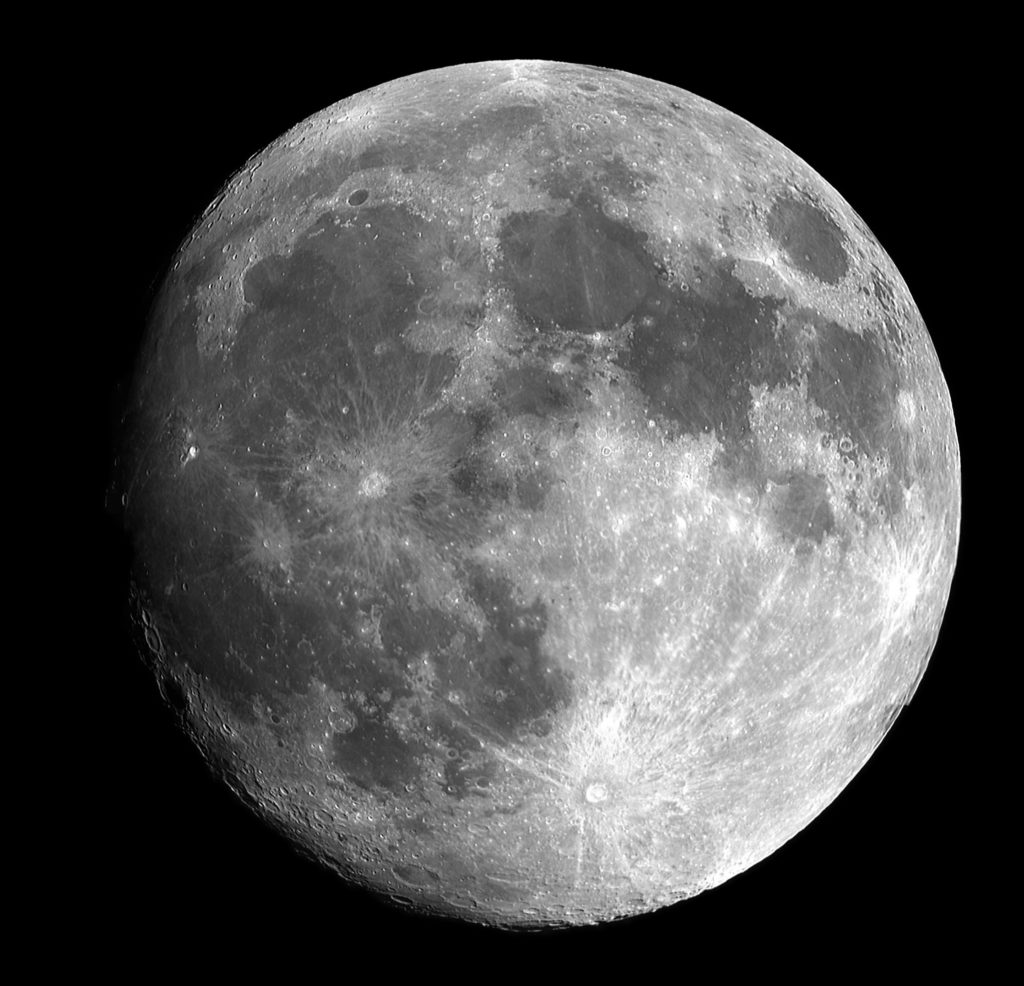
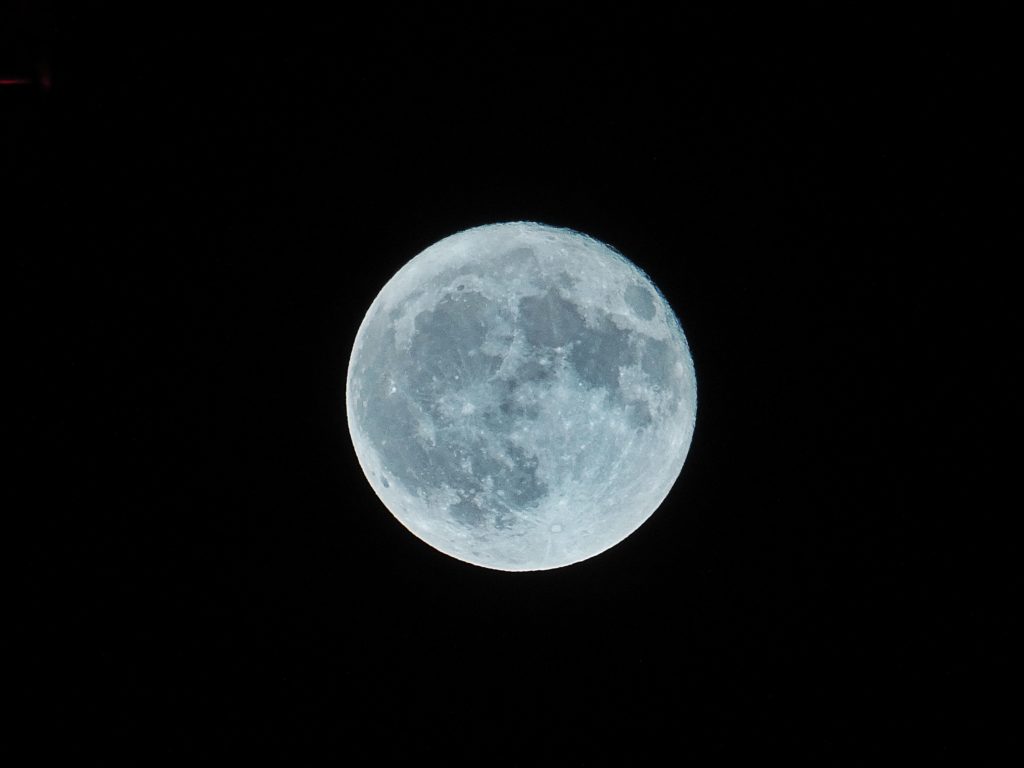
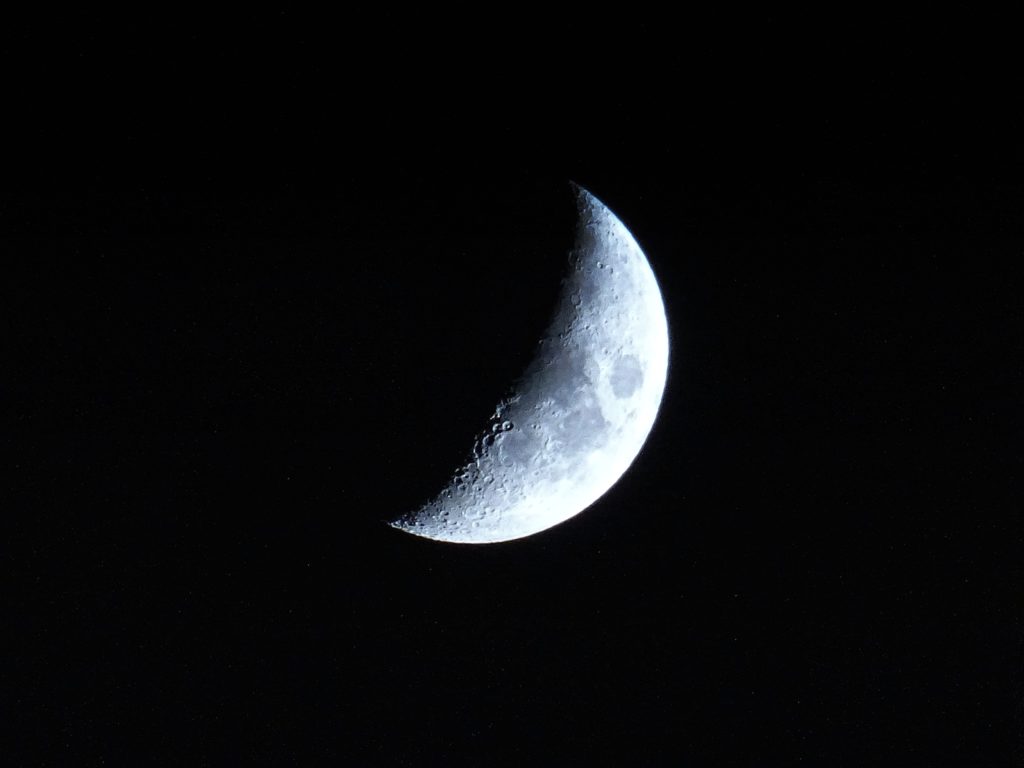


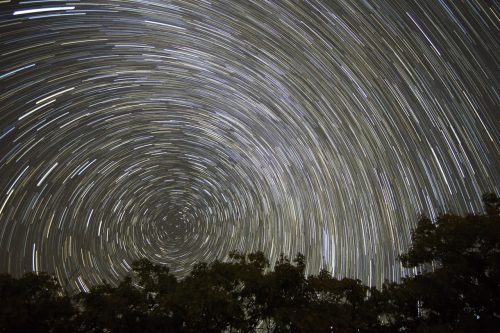
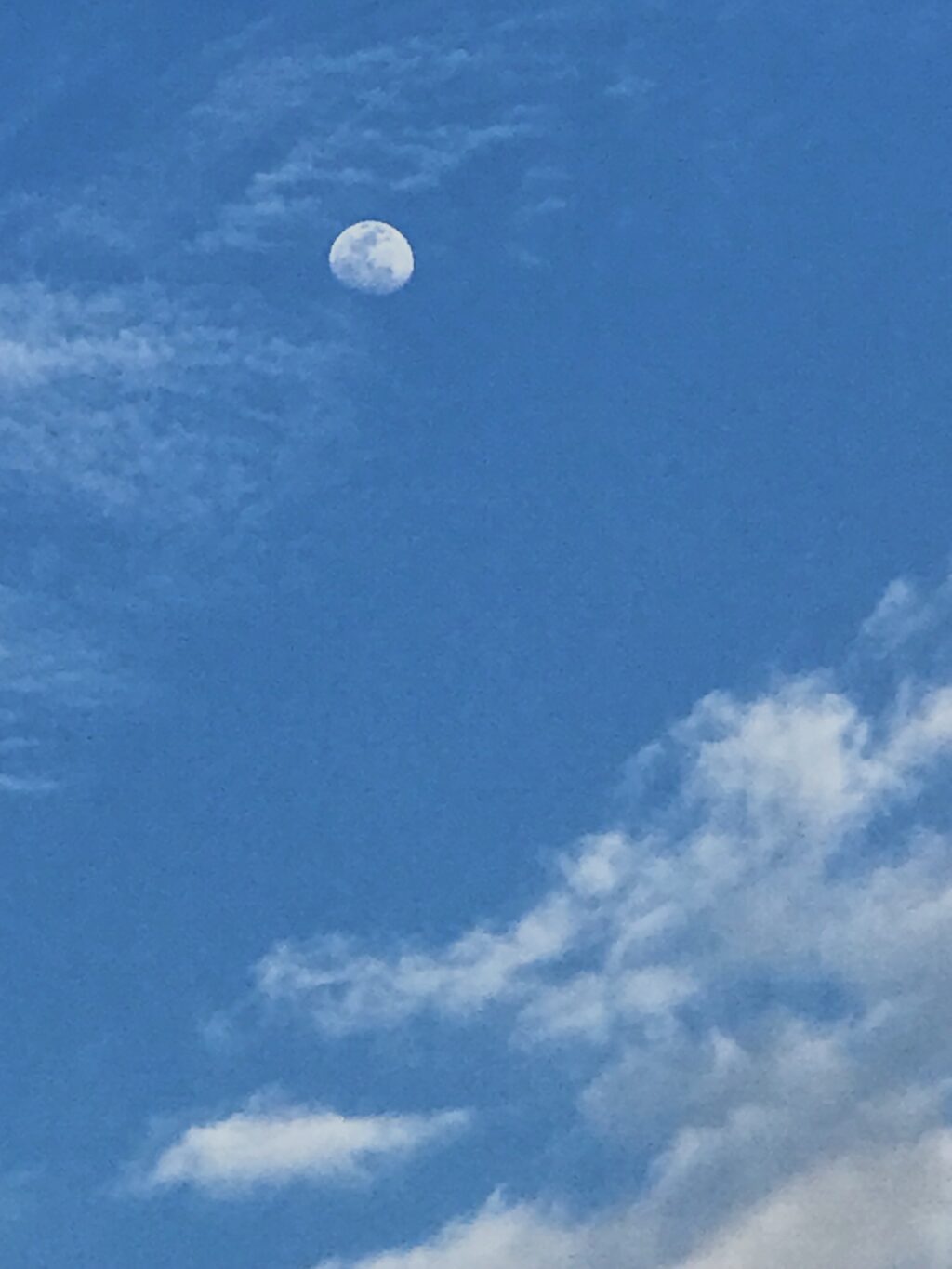
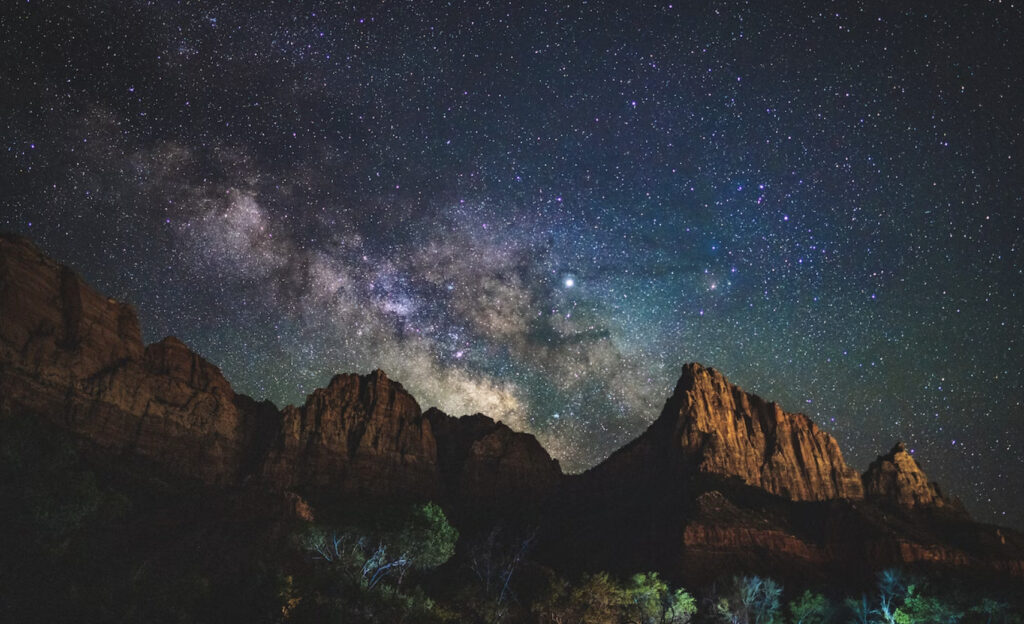
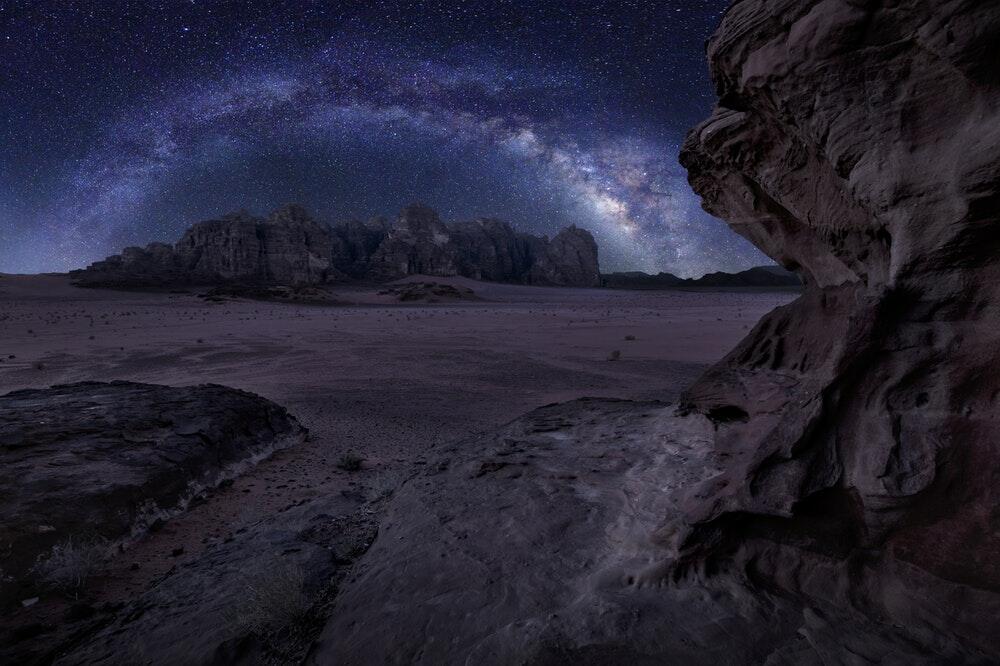
1 Comment
1) The moon is a sunlit object. The light reaching us has been reduced by going through the atmosphere one time, just like terrestrial scenes. So it should photograph like any other sunlit object that is moving slowly. Do you recommend f/11 instead of f/16 because pushing it up the curve provides more data but doesn’t risk clipping? (With Tri-X I usually prefer the equivalent of f/11 to improve shadow density.)
2) Since the moon is sunlit even when it is not full, could you explain why you recommend more exposure? (If you used a super-spot-meter to measure a tiny patch of the lit moon, would there be a difference between measurements of that patch when the moon was full and when it was half or crescent? I’m struggling with the physics and geology here!)